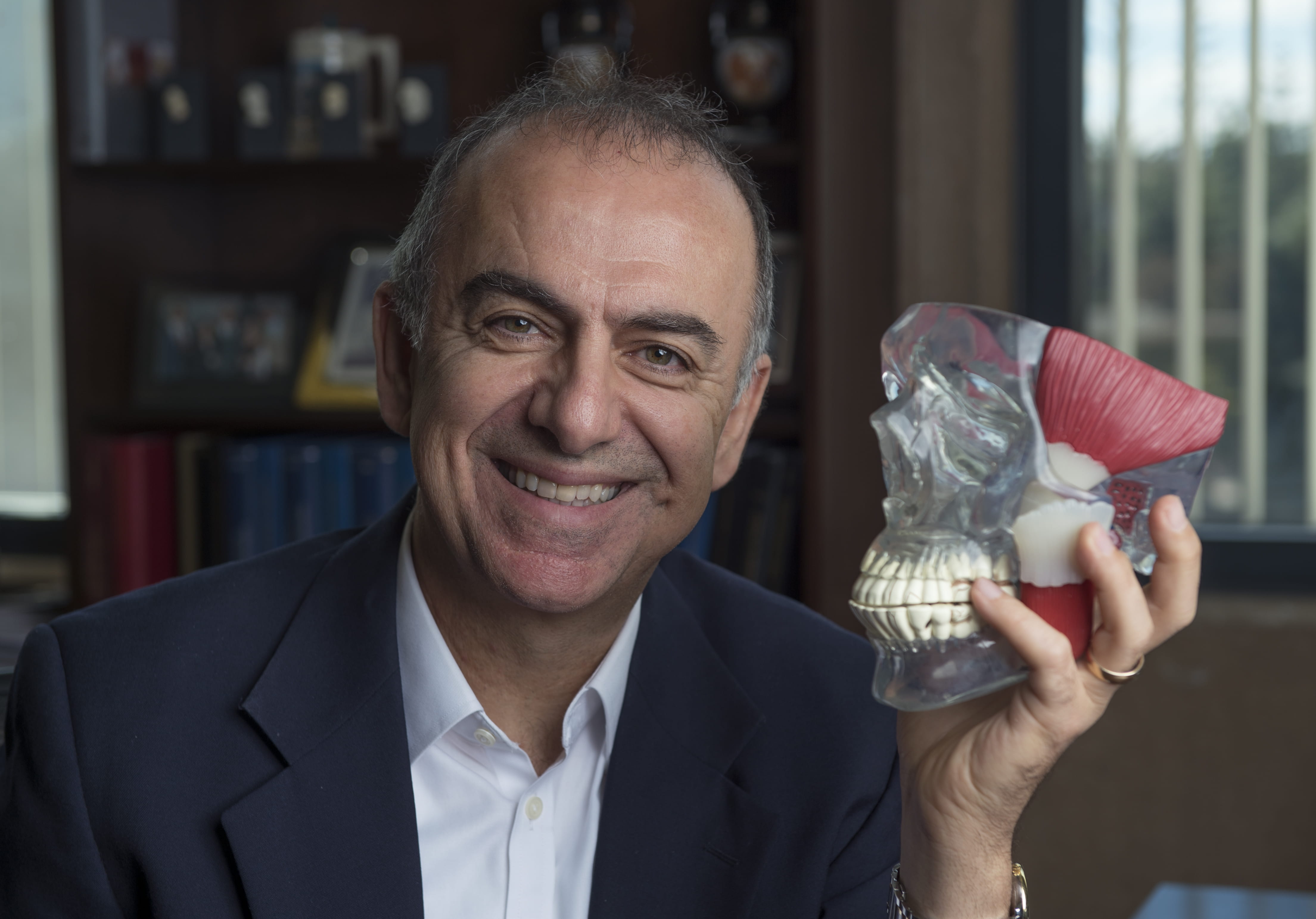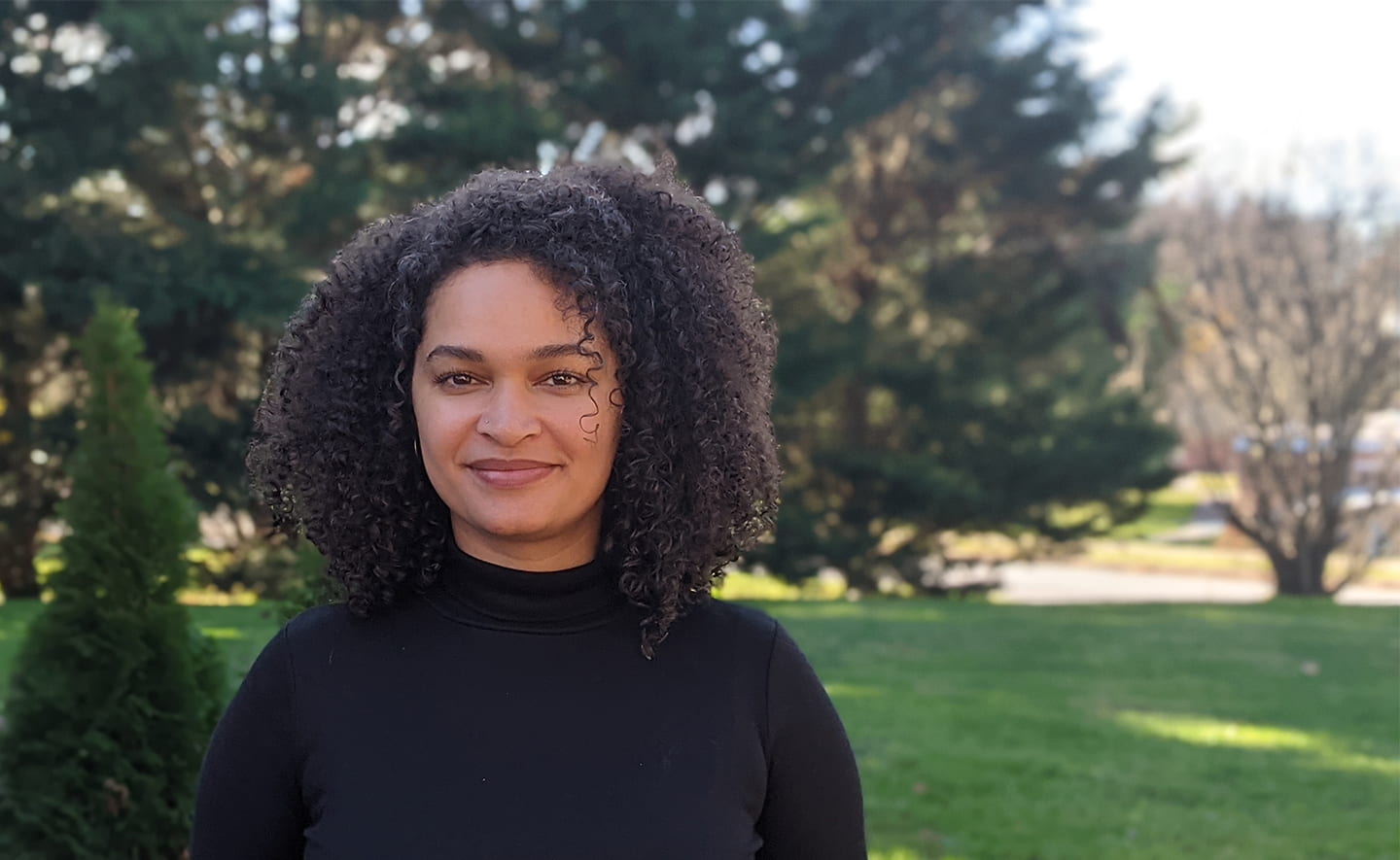Title IX's lasting impact on UCI
Landmark legislation ‘a profound engine of social revolution’
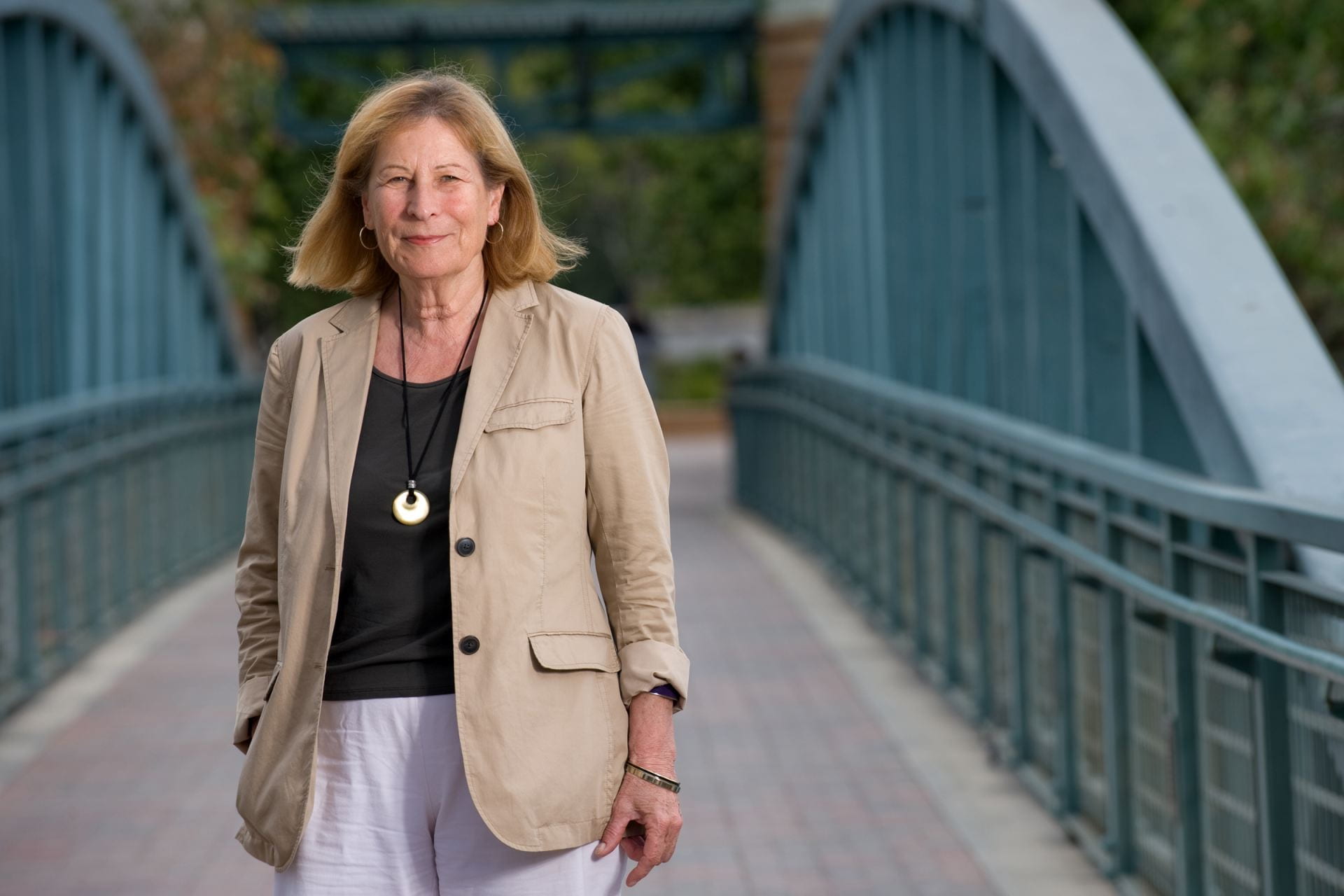
In the not-too-distant past, women were routinely denied admission to universities and refused tenure-track professorships simply because of their gender. Two in five UCI students were female, and women made up just 5 percent of the faculty. This was in 1972.
But the passage of Title IX 50 years ago expanded educational opportunities for women nationwide. The landmark legislation may bring to mind women’s athletic programs and procedures for formal harassment complaints, yet its impact on campus spans admission, financial aid, hiring and salaries. Today – even as women make up over half of undergraduates, an equal proportion of graduate students and 39 percent of faculty – the law’s reverberations continue.
“Title IX is a profound engine of social revolution. It opened the university to women, and created a mechanism to hold people accountable,” says Doug Haynes, UCI vice chancellor for equity, diversity and inclusion. “But creating an environment for all women to thrive is a continuing process. Title IX is as relevant today – when we have encouraging numbers of women students, faculty and staff – as when it was first passed in 1972.”
Part of a series of laws passed in the 1960s and ’70s that reshaped women’s economic opportunities in the U.S., Title IX took less of a carrot than a stick approach. It threatened to pull federal funding from educational institutions that discriminated against women. But it could not instantly undo the inequities established over centuries.
“How do you reorganize institutions that were founded and largely developed in the absence of women, or with women on the margins?” says Haynes. “Title IX created a landscape for social change in real time.”
Making progress
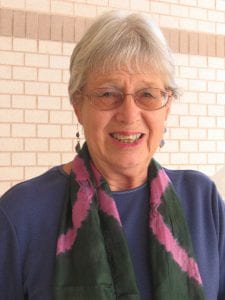
Often, institutional change came at the insistence of women who had experienced their share of discrimination. Karen Leonard was one of the six women who joined the UCI faculty in 1972, after being denied a tenure-track job at UCSD where she was a lecturer. At UCI, she helped pry open the doors of academia for more women.
Leonard co-founded Women at Irvine in 1972, and the next year launched California Women in Higher Education for faculty, staff and students across all three of the state’s public higher-education systems. Members advocated for women in individual hiring and promotion cases and meticulously tracked campus statistics to highlight inequities. Even then, women were asked to model traditional standards of femininity. When she was appointed to the Chancellor’s Advisory Committee on the Status of Women, a colleague advised Leonard to wear skirts to the meetings instead of pants.
In its 1976 annual report, the committee scoffed at the rate of hiring more women faculty: “We are being asked to accept the fact that there will not be anything approaching full representation of women on this campus in our lifetime.” Leonard, a professor emeritus of anthropology, has donated her files about women’s early experiences on campus to the UCI Libraries.
Progress continued, albeit slowly. In 1992, UCI’s first female dean was appointed, Elvera Ehrenfeld of the School of Biological Sciences, and the following year, planetary scientist Laurel E. Wilkening was named chancellor of UCI. By 1995, 14.4 percent of UCI’s tenured or tenure-track faculty were women.
Susan Bryant, the first female faculty member in biological sciences in 1969, was told to have babies in the summer since there was no maternity leave. As dean of biological sciences in 2001, Bryant was co-principal investigator on a grant from the National Science Foundation’s program, which aimed for “institutional transformation” for women in science, technology, engineering and math. One of ADVANCE program’s innovations was the creation of “equity advisors” within each school who would ensure equitable recruitment practices – from the wording of the job description to the composition of the search committee. UCI leaders added resources to institute the program campuswide, and in 2006 expanded its focus to include racial and ethnic diversity, as well. UCI’s program became a model for other UC campuses.
Today, women make up 40 percent of UCI’s faculty, and most of the liberal arts departments have achieved parity, with the STEMM disciplines catching up.
When Diane O’Dowd came to UCI in 1989 in a nontenure-track job, she was twice rejected when she applied for tenure-track positions. The third time, she credits two women faculty, Bryant and Marianne Bronner Fraser, with advocating for her hiring. Now, as professor of developmental and cell biology and vice provost for academic personnel, O’Dowd oversees multiple campuswide initiatives to advance faculty equity. The Inclusive Excellence Supplement program that was launched five years ago funds the hiring of a second faculty member if a job search identifies two outstanding candidates, and both have already made substantive contributions to inclusion work.
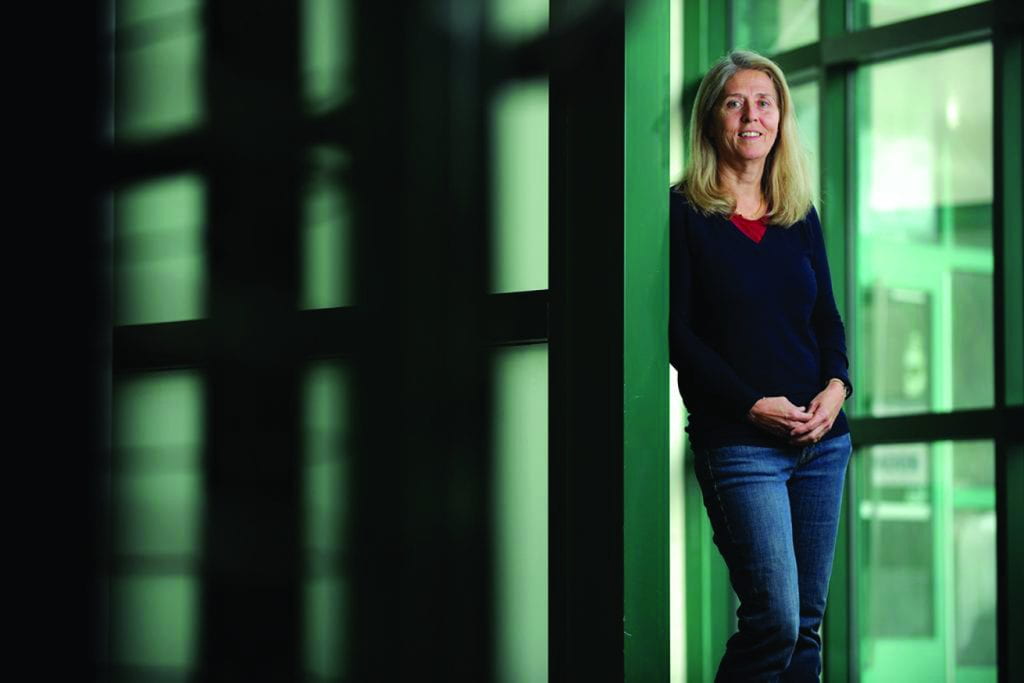
Last year, more than a quarter of UCI’s new faculty were hired through the program. “We’re trying to create an environment that not only welcomes a variety of perspectives, but that also allows multiple pathways to achieving success at the university,” O’Dowd says. “For that, we need to have a lot of different voices in the conversation.”
Filling the pipeline
For years, institutions leaned on the excuse that fewer women graduate with the necessary degrees to become faculty. But that argument no longer holds water. Undergraduate women outnumber men today, and graduate at higher rates – even in most STEMM fields.
Ten years ago, women made up 37 percent of incoming graduate students at UCI, but that had increased to 51 percent in 2021. The improvement was spurred at least in part by another federal grant UCI received to launch Diverse Educational Community and Doctoral Experience (DECADE), which supports women and underrepresented minorities. It’s one of several programs in the graduate division designed to help graduate students from different backgrounds succeed and feel included.
Women at UCI tend to finish their doctorates, on average, a little faster than their male counterparts – a positive indicator that obscures a potential problem, according to Gillian Hayes, vice provost for graduate education and dean of the graduate division.
“Academia can feel precarious, so anecdotally, those students with the fewest safety nets are most likely to finish their degrees sooner, but also more likely to pivot to a nonacademic career,” says Hayes. “So we need to create safety nets and as many opportunities as we can for women and underrepresented minorities to persist in academia because we owe it to our students to have professors who share backgrounds and life experiences similar to theirs.”
Equity horizons
As opportunities for women have expanded, so too has the realization that “women” encompass a diverse group. Title VI of the same legislation that banned sex discrimination in education, prohibited discrimination on account of race. But neither law addresses individuals who fall into both categories.
“We’re still grappling with how to infuse intersectional identity into Title IX, because the policy wasn’t explicit about it,” says Haynes.
Another emerging issue with Title IX is transgender discrimination, which continues to draw attention in college athletics programs nationwide.
“Title IX created a space for remaking the university as a place where individuals can bring their whole selves,” says Haynes. “By no means are we at a point where transgender people feel completely accepted, but Title IX is one of the few pieces of legislation that provides both a mandate and a responsibility for creating an inclusive environment for transgender people.”
While Title IX prohibits discrimination in education and gave universities the authority to hold individuals accountable for sexist behavior, the spirit of the law ultimately goes deeper, according to Judy Tzu-Chun Wu, UCI professor of Asian American studies, who recently published a biography of Title IX author and sponsor Patsy Mink.
“Coming out of the movements of the 1960s, women were trying to achieve equal rights as well as liberation, which included rethinking gender roles such as who does housework, and reconsidering traditional standards of beauty,” says Wu. “People like Patsy Mink advocated for the promise of gender equity, and that’s the spirit we should embrace – not the minimum to avoid prosecution.”
UCI, created just seven years before Title IX, has youth and adaptability on its side.
“As a newer institution, we don’t have 100 years of history to hold us back. We have the possibility of reinvention, to create new intellectual communities, new traditions,” says Wu. “That’s one of the reasons I’m attracted to working here.”
It’s work that propels Haynes and other campus leaders forward each day, striving toward equity and inclusion.
“It’s one thing to prohibit sex discrimination. It’s quite another thing to advance gender equity for women as students, faculty, staff and members of our community,” says Haynes. “At its core, gender equity requires that all of us take responsibility for creating an environment at UCI where everyone can thrive – whether in physical activity or in physics.”
